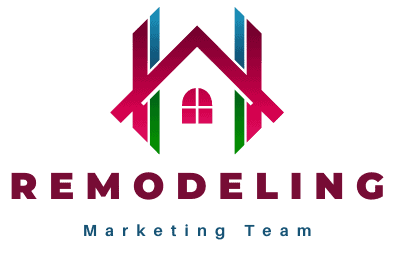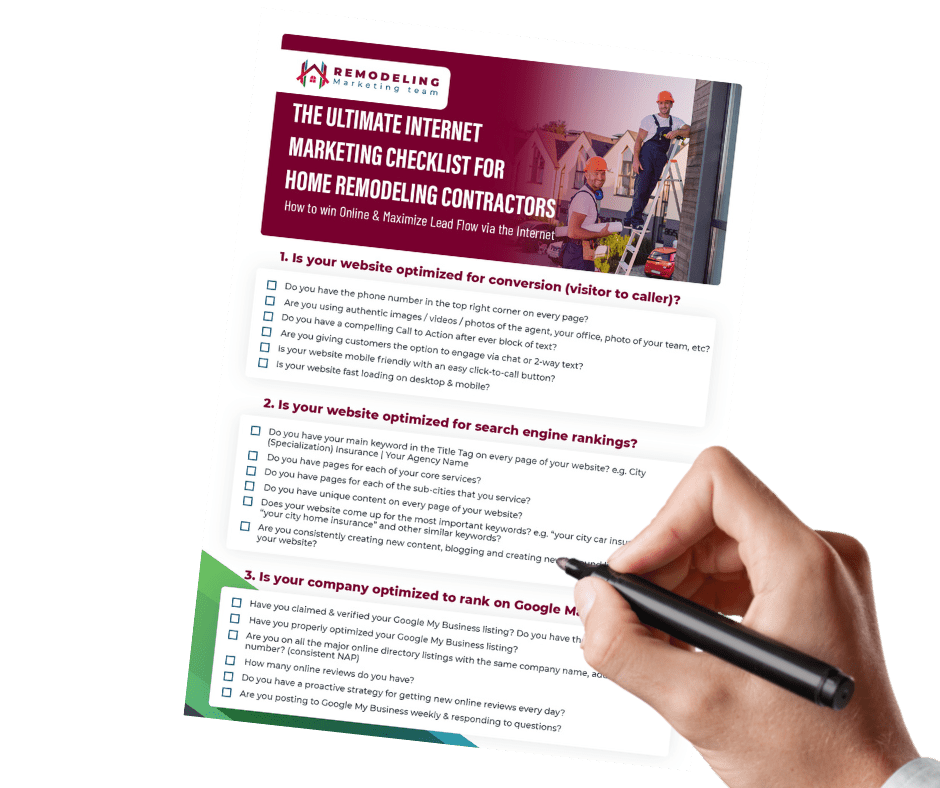In the realm of the remodeling industry, navigating the financial landscape requires a strategic approach to pricing. Two common strategies stand out: volume-based pricing and premium pricing. Each has its unique benefits and challenges, and the choice between them can significantly impact a company’s market position, profitability, and brand perception. Through real-life examples from the remodeling sector, we can understand how companies select the best approach aligning with their goals, expertise, and market dynamics.
Volume-Based Pricing Strategy
Benefits:
- Market Penetration: Volume pricing aims to attract a larger customer base by offering services at lower price points. This strategy can be particularly effective in highly competitive markets where price sensitivity is a significant factor for consumers.
- Economies of Scale: By focusing on a higher volume of projects, remodeling companies can negotiate better rates with suppliers and streamline operations, reducing overall costs and potentially increasing profit margins despite lower prices.
Drawbacks:
- Thin Profit Margins: Operating on volume-based pricing can lead to thinner profit margins. Companies must ensure efficient operations and cost control to maintain profitability.
- Brand Perception: Exclusively competing on price can affect brand perception, positioning the company as a low-cost provider, which might not appeal to clients looking for high-quality, customized remodeling solutions.
Real-Life Application: A remodeling company specializing in quick, budget-friendly kitchen and bathroom makeovers may adopt volume pricing to attract first-time homeowners. By streamlining their service offerings and working with a specific range of materials, they can offer competitive pricing while ensuring profitability through a high volume of projects.
Premium Pricing Strategy
Benefits:
- Higher Profit Margins: Premium pricing allows for higher profit margins per project. This is particularly viable for companies specializing in bespoke, high-quality remodeling services where differentiation is based on craftsmanship, materials, and personalized design.
- Brand Positioning: A premium pricing strategy can elevate a company’s brand, associating it with luxury, exclusivity, and superior quality. This positioning attracts clients willing to pay more for perceived value and expertise.
Drawbacks:
- Limited Market: Targeting the premium segment of the market can limit the customer base, as not all clients are willing or able to pay for high-end remodeling services.
- Higher Expectations: With premium pricing comes the expectation of exceptional quality, customization, and service. Meeting these expectations requires continuous investment in skills, materials, and customer service.
Real-Life Application: Consider a remodeling company that positions itself as a provider of luxury kitchen remodels, focusing on high-end materials, custom designs, and superior craftsmanship. By adopting a premium pricing strategy, they attract affluent clients seeking unique, high-quality remodeling projects, ensuring higher profit margins even with a lower volume of projects.
Choosing the Right Strategy
The decision between volume and premium pricing should be based on a remodeling company’s goals, expertise, and the market’s dynamics. Companies might even find a hybrid approach effective, offering a range of services that cater to both market segments. For instance, a company could offer basic remodeling packages at competitive prices while also providing high-end, custom services at premium prices, thereby broadening its market appeal and opportunities for profitability.
Conclusion
In conclusion, whether adopting a volume-based pricing strategy or a premium pricing model, the key for remodeling companies lies in understanding their market, aligning their pricing strategy with their brand identity, and consistently delivering value to their clients. The choice of strategy significantly impacts a company’s financial health, market position, and long-term growth prospects in the competitive remodeling industry.
This article is a collaboration between Carl Willis and OpenAI’s ChatGPT. Created on April 2, 2024, it combines AI-generated draft material with Willis’s expert revision and oversight, ensuring accuracy and relevance while addressing any AI limitations.






